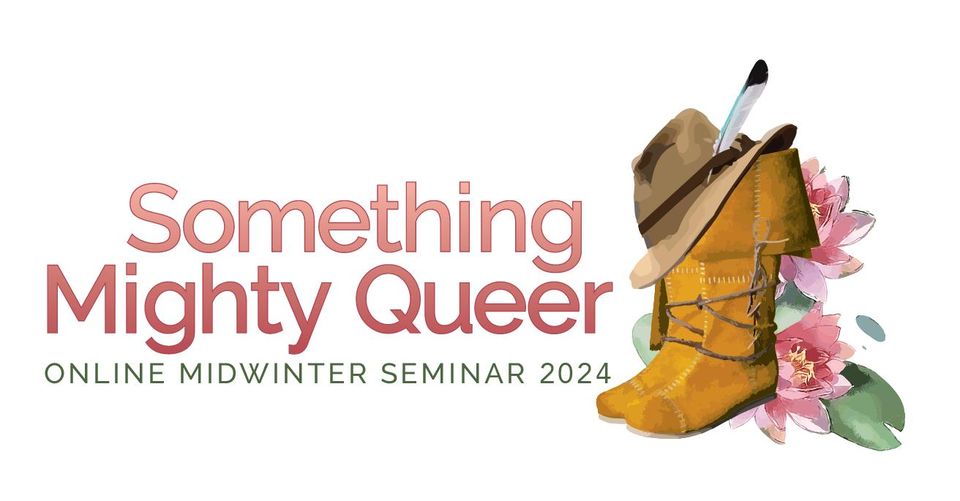Loading...
Event Website
https://www.mythsoc.org/oms/oms-2024.htm
Start Date
2-18-2024 12:00 PM
End Date
2-18-2024 12:50 PM
Description
Fantasy is finally learning to embrace its power to create and celebrate queerness. Works such as The Forever Sea by Joshua Philip Johnson and The Priory of the Orange Tree by Samantha Shannon feature queer leads, revealing creative capacities to imagine worlds where queerness is at the centre. But something mighty queer is already present in 1937 at the very dawn of modern fantasy. Following emerging interpretations of The Hobbit, I argue that the hero, Bilbo Baggins, exhibits significantly queer characteristics. In this deconstructive reading, Bilbo’s gender will first be reversed, arguing that his domesticity, intense emotional responses and his placement in patriarchal culture grant him more features conventionally associated with women. For a book that has often been critiqued for its lack of female characters, Bilbo provides an entry point for reading and recognising feminine experiences. Merely a reversal, however, runs the risk of essentialising gender roles and norms. This reading’s strength lies precisely in the displacement of gender hierarchies by which the adventurous and domestic sides of Bilbo’s being are brought into productive conflict with one another. In being “both” and “in between,” it appears that there is something (more than just) a bit “queer” to the hobbit which meets the reader’s eye.
Creative Commons License

This work is licensed under a Creative Commons Attribution-NonCommercial-No Derivative Works 4.0 International License.
Included in
Children's and Young Adult Literature Commons, Comparative Literature Commons, Digital Humanities Commons, European Languages and Societies Commons, Literature in English, Anglophone outside British Isles and North America Commons, Literature in English, British Isles Commons, Literature in English, North America, Ethnic and Cultural Minority Commons, Medieval Studies Commons, Modern Languages Commons, Modern Literature Commons, Other English Language and Literature Commons
More to The Hobbit than Meets the Eye: Locating the Feminine in Tolkien’s World
Fantasy is finally learning to embrace its power to create and celebrate queerness. Works such as The Forever Sea by Joshua Philip Johnson and The Priory of the Orange Tree by Samantha Shannon feature queer leads, revealing creative capacities to imagine worlds where queerness is at the centre. But something mighty queer is already present in 1937 at the very dawn of modern fantasy. Following emerging interpretations of The Hobbit, I argue that the hero, Bilbo Baggins, exhibits significantly queer characteristics. In this deconstructive reading, Bilbo’s gender will first be reversed, arguing that his domesticity, intense emotional responses and his placement in patriarchal culture grant him more features conventionally associated with women. For a book that has often been critiqued for its lack of female characters, Bilbo provides an entry point for reading and recognising feminine experiences. Merely a reversal, however, runs the risk of essentialising gender roles and norms. This reading’s strength lies precisely in the displacement of gender hierarchies by which the adventurous and domestic sides of Bilbo’s being are brought into productive conflict with one another. In being “both” and “in between,” it appears that there is something (more than just) a bit “queer” to the hobbit which meets the reader’s eye.


